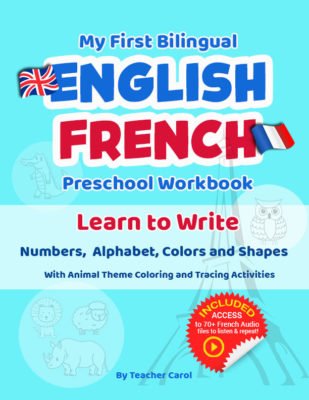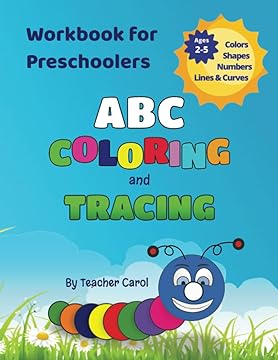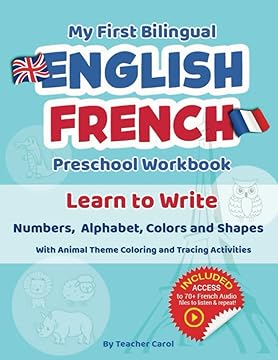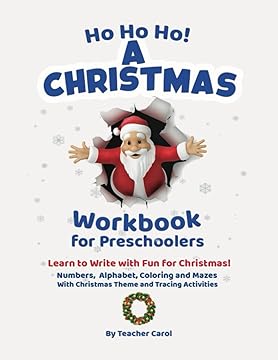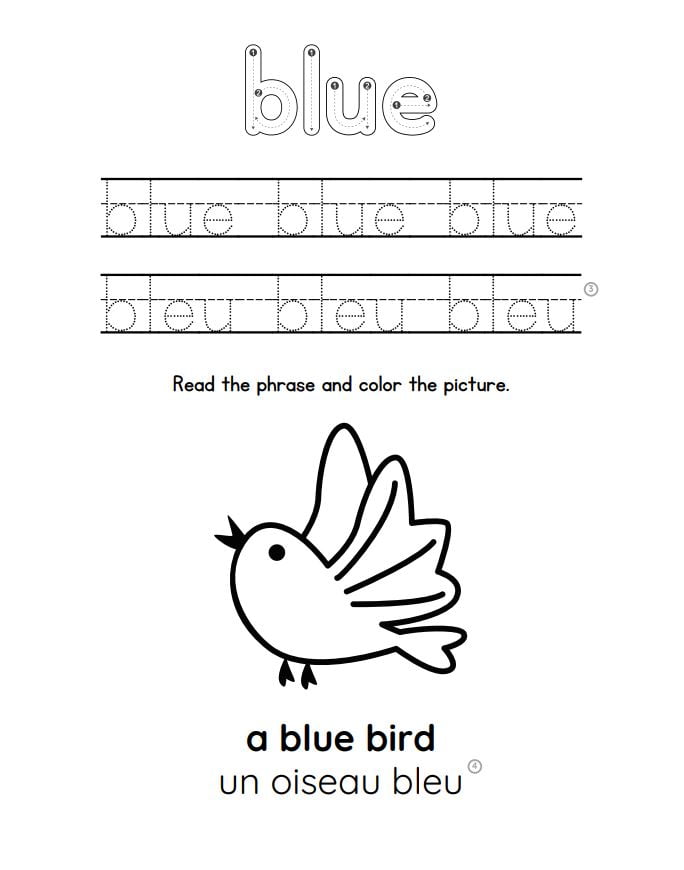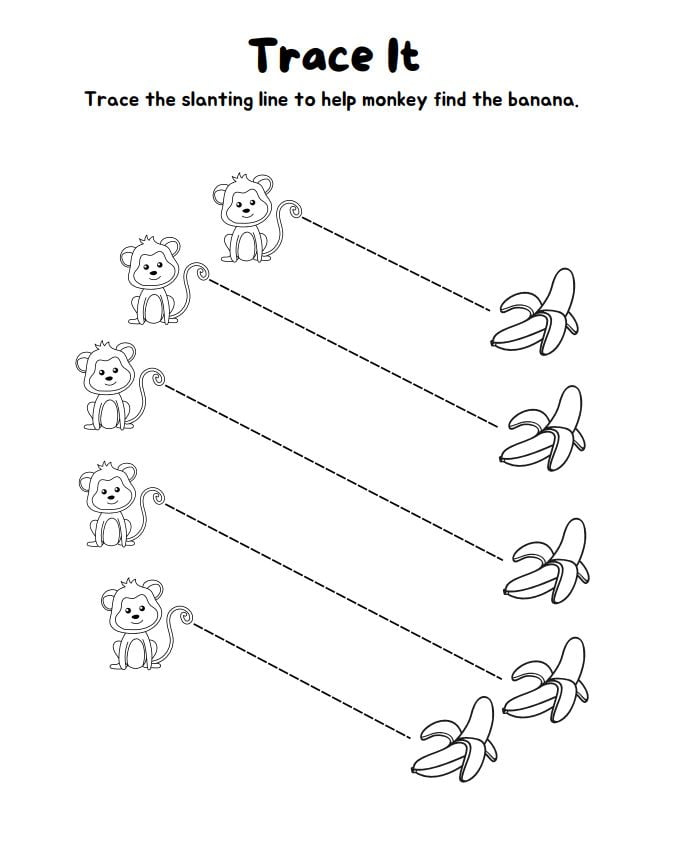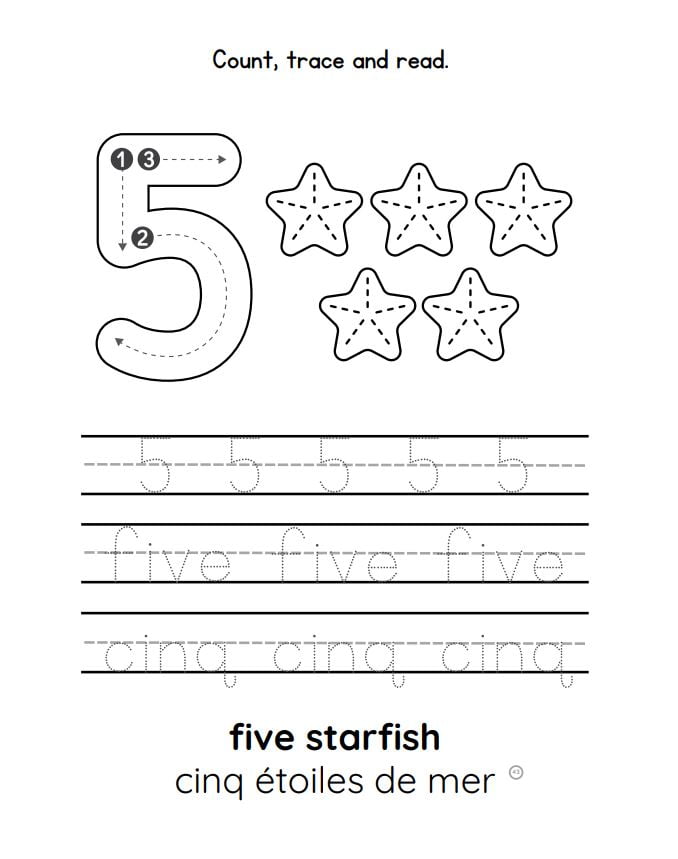Table of Contents
Learning a second language has many benefits for children, including improved cognitive function, increased cultural awareness, and enhanced job opportunities. If you are looking for a fun and effective way to help your child learn English and French, then our bilingual learn-to-write workbook is the perfect choice for you.
In this article, we will discuss the benefits of learning a second language at a young age and provide a comprehensive overview of our bilingual learn-to-write workbook. We will also answer some common questions that parents have about teaching their children a second language at home.
We hope that this article will be helpful for parents who are looking for the right workbook to help their children learn English and French.
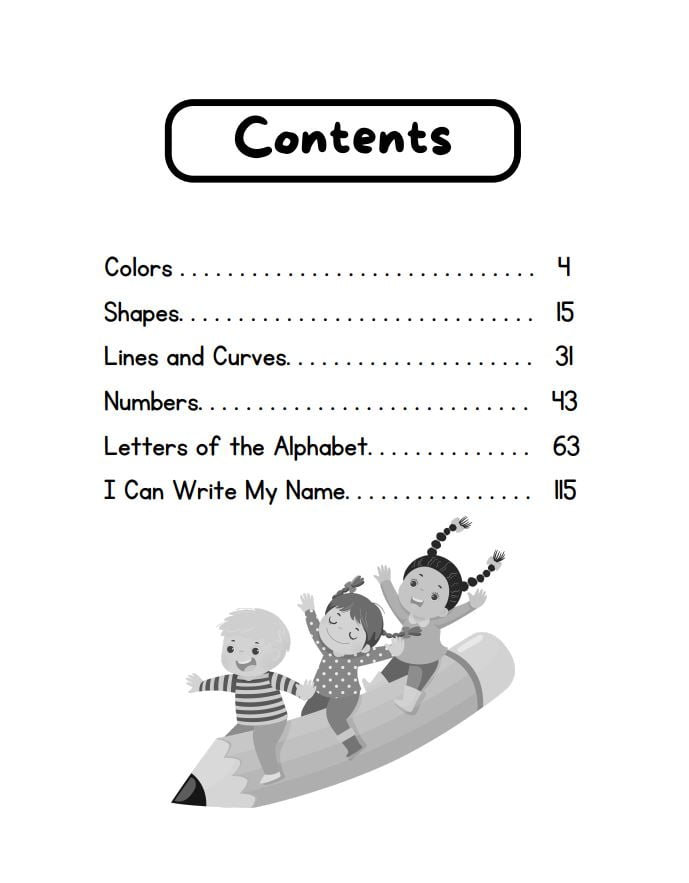
Benefits of Learning a Second Language at a Young Age
Introducing a second language during early childhood offers numerous advantages. Besides the practical ability to communicate with a wider audience, young language learners exhibit enhanced cognitive development, problem-solving skills, and academic performance. Early exposure to multiple languages fosters cultural sensitivity, broadening horizons and nurturing curiosity. It can be a powerful tool for building bridges, connecting with diverse communities, and setting the stage for future success. Starting young is the key to unlocking these lifelong benefits.
Teaching Your Children a Second Language at Home
Teaching your child a second language at home is a rewarding journey. It’s essential to begin early, create an immersive language-rich environment, and maintain enthusiasm. The benefits are extensive, from enhanced problem-solving skills to academic excellence and cultural awareness. Abundant resources are available both online and in local events to support your child’s language learning. This journey is filled with rich rewards, offering your child the lifelong gift of bilingualism.
The Best Preschool English-French Bilingual Learn-to-Write Workbook Around!
- It’s fun and educational. The workbook is packed with activities and exercises that will help your child learn English and French in a fun and interactive way. The words in French in the book are made available to listen safely online using a QR code for the parents. The child can listen and repeat each word at will.
- It’s comprehensive. The workbook covers a wide range of topics, including colors, shapes, numbers, letters of the alphabet, and writing.
- It’s easy to use. The workbook is designed for preschoolers, so it’s easy to follow and understand.
- It’s effective. The workbook is based on sound educational principles and has been proven to help children learn English and French.
- Important to note that the French content and translation were covered by a French native.
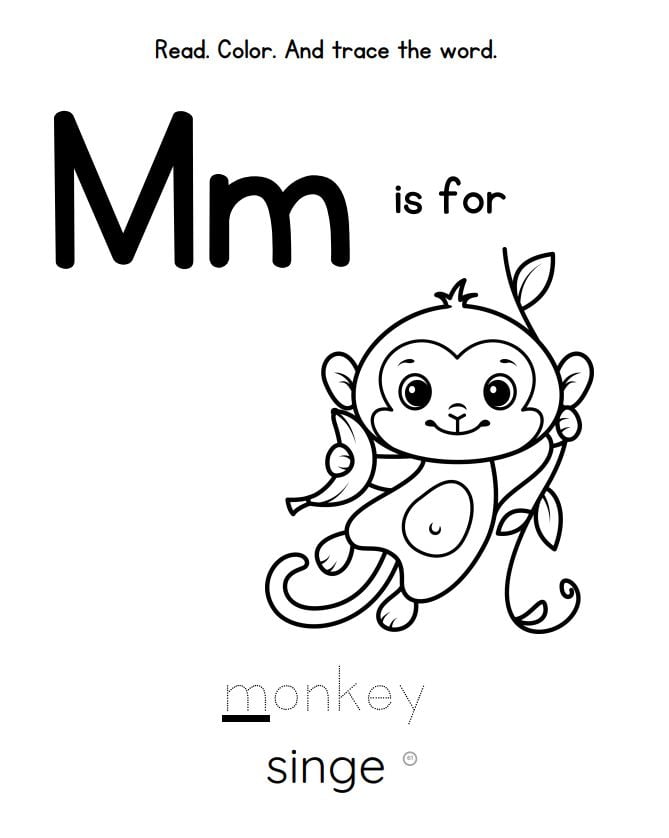
Frequently Asked Questions – Preschool English-French Learning
Why is it important for children to learn a second language?
Learning a second language has many benefits for children, including:
– Improved cognitive function: Studies have shown that bilingual children have better memory, attention, and problem-solving skills.
– Increased cultural awareness: Learning a second language exposes children to different cultures and perspectives.
– Enhanced job opportunities: In today’s globalized world, being bilingual is a valuable asset in the job market.
At what age should children start learning a second language?
Children are best able to learn a second language when they are young. Research has shown that children who start learning a second language before the age of 6 are more likely to achieve native-like fluency.
How can I help my child learn a second language at home?
There are many things you can do to help your child learn a second language at home, such as:
– Speak to your child in the second language as often as possible.
– Read to your child in the second language.
– Watch movies and TV shows in the second language.
– Play games and songs in the second language.
– Expose your child to other children who speak the second language.
What is the best way to use your English-French bilingual learn-to-write workbook?
The best way to use the workbook is to start with the basics and work your way up to more challenging activities. You can use the workbook at your child’s own pace and focus on the topics that your child is most interested in.
What if my child doesn’t seem interested in learning a second language?
It’s important to make learning a second language fun and engaging for your child. If your child doesn’t seem interested in learning, try different activities and approaches. You may also want to consider enrolling your child in a second language class.
